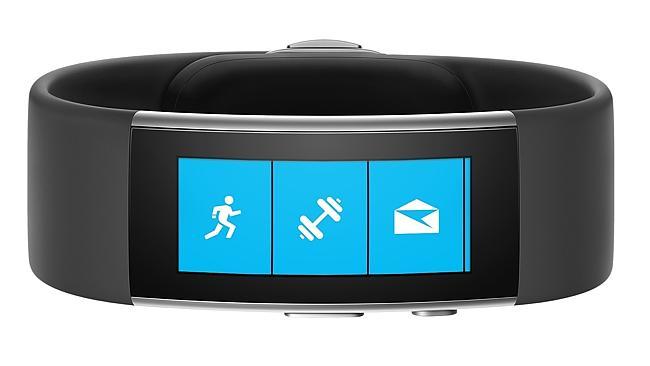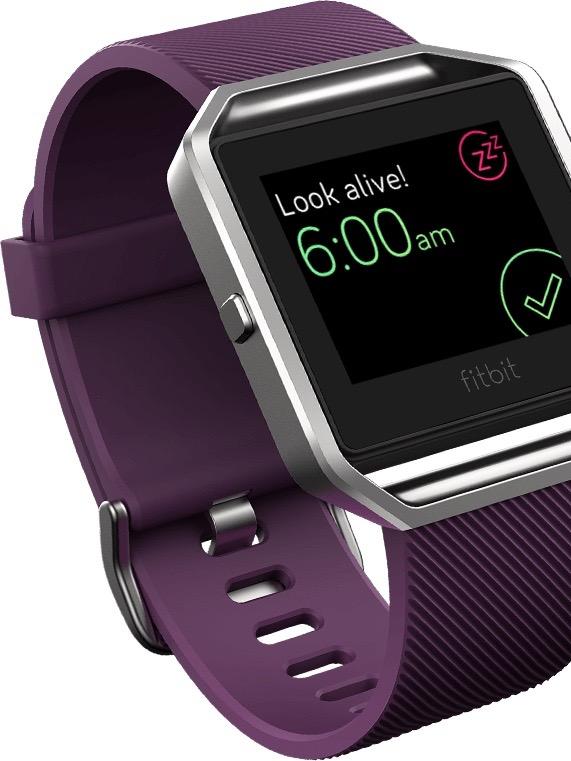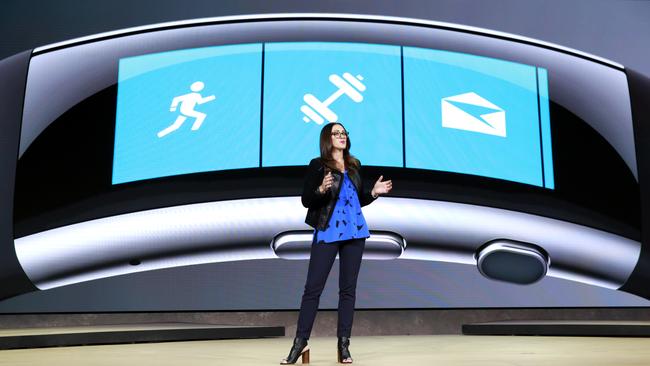Reviewed: Fitbit Blaze and Microsoft Band 2
Dedicated wearable fitness trackers are feeling the heat from smartwatches and phone apps. Should you even buy one?

With smartwatches offering extensive fitness tracking, it’s getting tougher for dedicated trackers to snare a spot on your arm.
Devices like Fitbit Blaze and Microsoft Band 2 tell the time, have basic smartphone integration, and offer more specialist fitness features, better data analysis and longer battery life at a cheaper price. But are they a good option when compared to a smartwatch?
Fitbit Blaze

Fitbit Blaze is a better proposition than last year’s disappointing Fitbit Surge and its dull 1.25-inch monochrome screen. In comparison, the Blaze is an attractive hexagonal-shaped device with a bigger and colourful 1.66-inch LCD display.
But recharging is a rigmarole. You pop the screen out from the watchband frame and put it inside a charger and then push it back in afterwards. Fortunately I did it only twice weekly as I managed three to four days of battery life.
There are a few other negatives as well.
For a device offering comprehensive fitness tracking, it’s not waterproof and there’s no in-built GPS, either. If you take your phone along, the Blaze will use its GPS to map your route. That begs the question, why not just use a phone app for exercise?
It has a simple-to-use menu. Swiping from the clock face leftward brings up the “today” panel and basic metrics: steps, active and resting heart rate, distance, calories burned and with its barometric altimeter, floors.
Next is “exercise”. You choose to walk, run, bike, do weights, the treadmill or workout.
Fitbit compiled an excellent breakdown of the walks I did while trialling Blaze. In general the comprehensive analytics offered through the Fitbit smartphone app and web page interface is excellent. Then there’s “Fitstar”, with warm-up, seven and 10-minute routines. It’s useful, but hardly a wide selection. The device does work out if you are sleeping or trying to, so there’s no need to set up sleep tracking manually.
Blaze doesn’t pretend to be a full smartwatch. You get call, text and calendar alerts, but that’s it.
Sadly, I developed a skin rash from wearing the band too tightly. Subsequently it was itchy even when I slackened the band. It may not be a return to the days of Fitbit recalling the Force due to rashes, but tightening Blaze is something to watch out for. Blaze also lacks a feature I hanker for — the ability to store music on your arm. Apple, LG and Sony devices manage this.
The Blaze is a very good fitness watch, but could be so much better.

Microsoft Band 2
Microsoft’s Band 2 is more like a computer on your wrist than a smartwatch. It takes a bit of getting used to, but it’s comfortable nonetheless. The Band 2 might be an activity monitor, but its potential lies in its 11 sensors. They include an optical heart rate monitor, GPS, a barometer, and sensors for measuring ambient light, skin temperature, UV, and galvanic and skin response.
This, together with its programming capability, gives Band 2 a potential beyond everyday activity checking. It charges in 110 minutes and works across platforms with Microsoft Health in iOS, Android and Windows. I got just over two days on a single charge, which isn’t brilliant. If you want to monitor sleep you’ll need to set aside a time of the day to recharge it before bed.
Band 2 has a bright 320x128 pixel AMOLED screen that’s easy to read and scroll through. You have to press the home button to see the time, which will annoy some. From there, a single press displays steps, kilometres, calories, floors and heart rate.
Swipe leftward and you encounter a series of selectable tiles. They include messages, Outlook emails, missed calls and upcoming calendar entries.
Other tiles are mainly activity-based. They measure your running (I use this mode for walking), cycling, golf, and working out. You use the smartphone app to configure which actions display as tiles. You can have up to 20 tiles.
Some third parties offer tile options found in an apps gallery.
There’s lots of US sport, a plethora of news feeds, a currency exchange option, even cricket scores. But it lacks Australian content. However, the Band 2 can export activity data to well-known apps such as Runkeeper, Strava and MapMyRide.
The killer feature is guided workouts. There are lots of them and they’re well illustrated with videos on how to perform exercise correctly. You choose a workout online or from the Health app, and then sync it to the device.
Microsoft also has a software development kit that lets developers create apps for Band. In Australia, Epic Pharmacy and Good Directions are building apps that access the sensors and issue notifications such as when to take medications, but advanced apps are thin on the ground for now.
Microsoft Health offers great analytics of your activities in the app and on the web. The display of data from specified exercises such as runs is first class.
Like Blaze, the Band 2 is not waterproof and, while it can control music on your phone, you can’t store music on it directly for listening when training.
The Band 2 is a sophisticated activity tracker with great potential but it needs more apps to be a compelling option.



